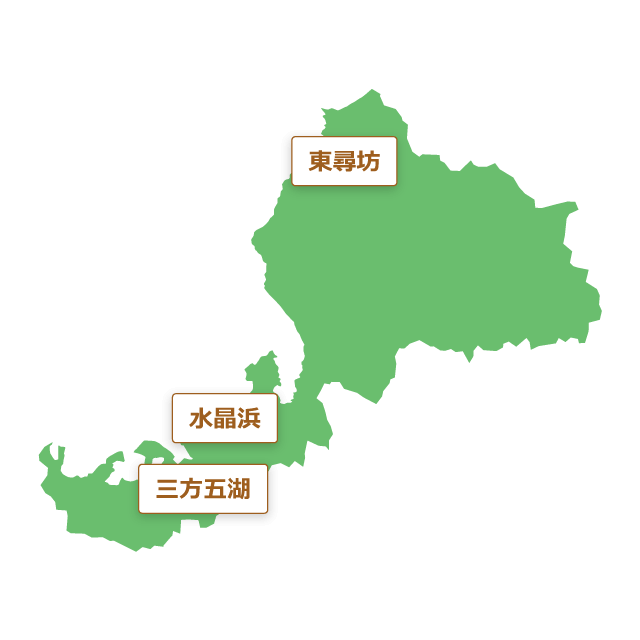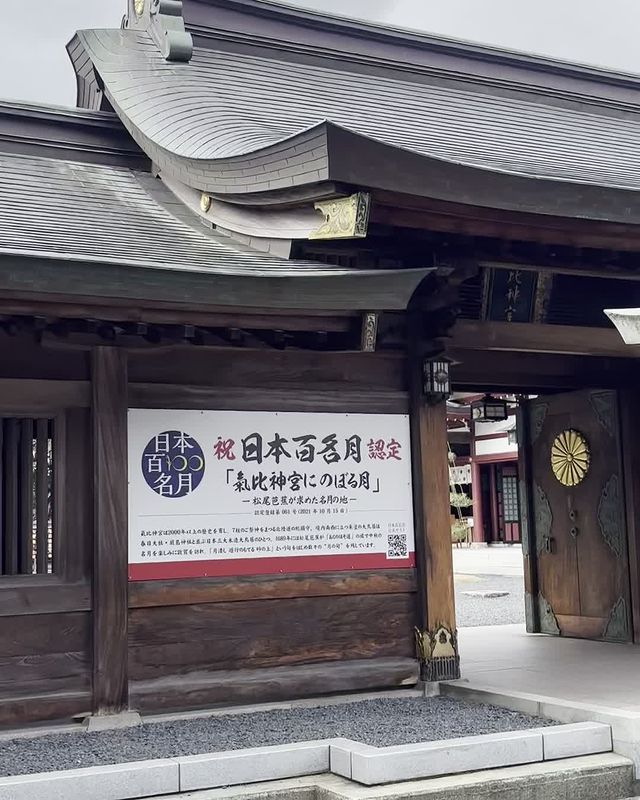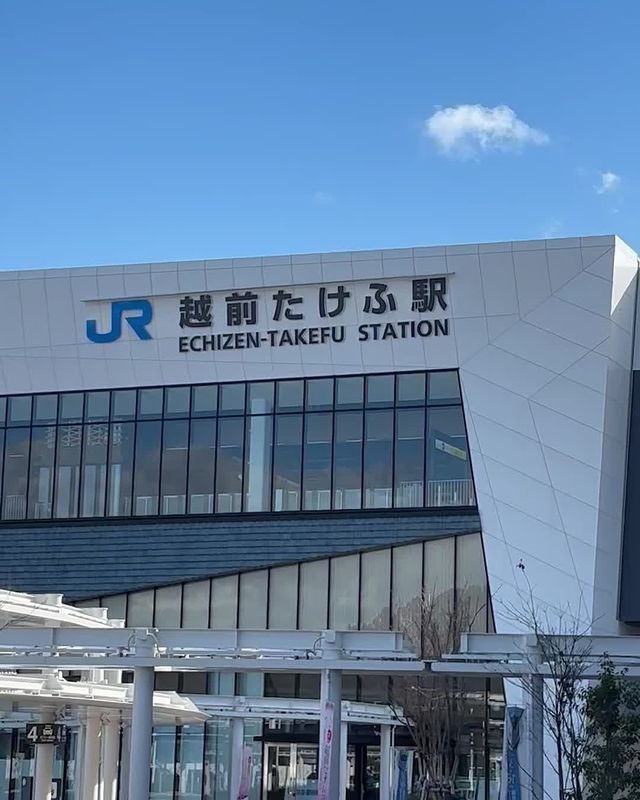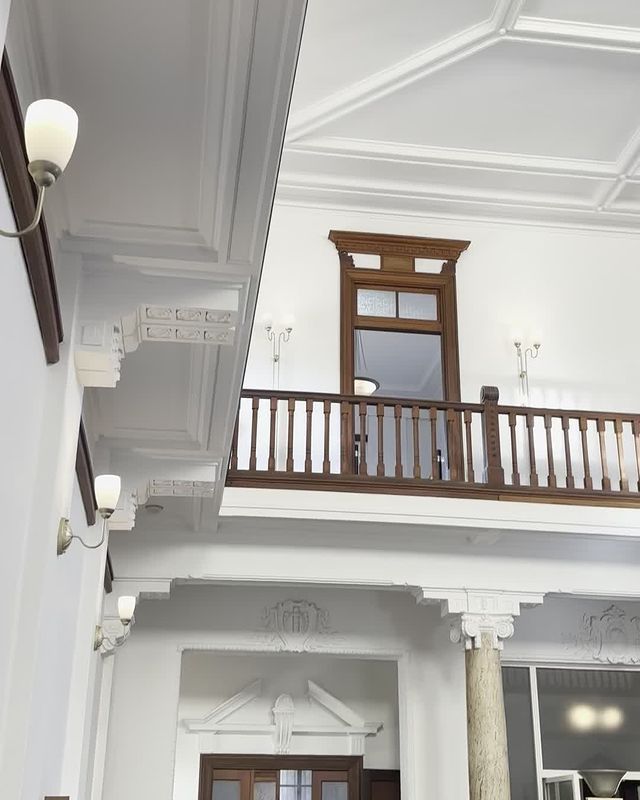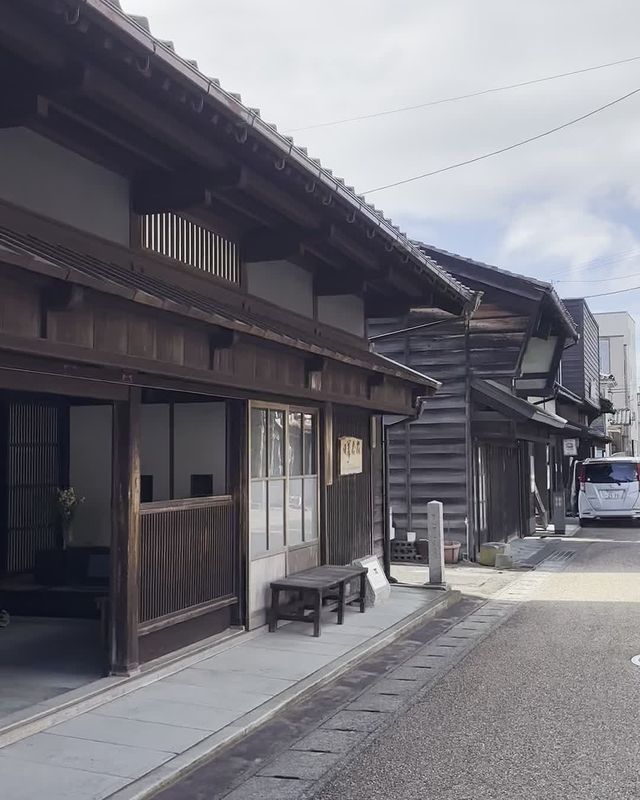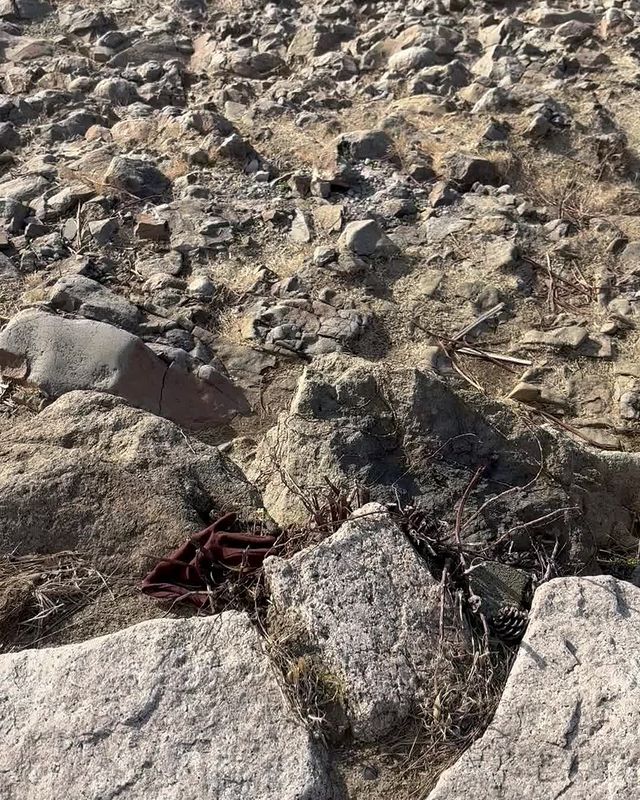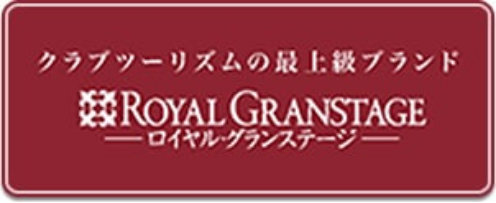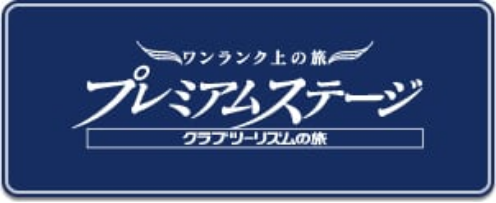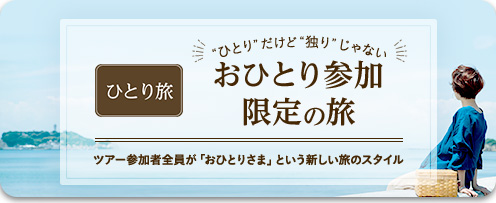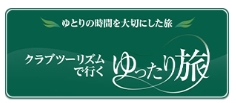Fukui travel, Fukui tour


New Announcements
Popular tours Each place of departure Fukui trips
Popular bus tours departing from Kanagawa (including Machida City)
Search for Fukui travel tours
Introducing popular spots and attractions in Fukui Prefecture
Want to know more about Fukui Prefecture? Check out these attractions!

(Image)
"Echizen Washi" loved by the shogunate and artists
Fukui is home to many world-famous traditional crafts, such as Echizen pottery and Echizen lacquerware. Among these, Echizen washi paper has a particularly long history. It is said to have originated about 1,500 years ago during Nara period, when papermaking began as paper for copying sutras.
As time passed, and the samurai began to use paper in large quantities, Echizen washi became highly valued. Its quality and craftsmanship improved, and it came to be protected by the Edo Shogunate as "official paper." From the Edo period through the Meiji era, it was also used for ukiyo-e paper and for banknotes.
Echizen washi paper, hand-made by artisans, was loved by artists such as Yokoyama Taikan for its beautiful texture, warmth, and strength. Even today, high-quality washi paper is produced mainly in the Goka district of Echizen City, known as the "Village of Echizen Washi." This area is also home to Okamoto Shrine and Otaki Shrine, where Japan's only goddess of paper, Kawakami Gozen, is enshrined. If you visit Echizen Washi Village, why not pay a visit to this rare god?

(Image)
From a remote village to the world: "Fukui Glasses"
Fukui Prefecture is a "production center of glasses," accounting for more than 90% of the domestic production of frames. Each pair of glasses from Fukui is imbued with the skill and soul of the craftsman. Glasses production in Fukui began in 1905 in Ikuno-cho, Fukui City. At the time, this was a poor farming village, and there were two brothers, Gozaemon Masunaga and Kohachi. The two wondered, "Is there a way to earn an income during the winter farming off-season to improve the lives of our hometown, Ikuno?" Then they turned their attention to making glasses. They invited glasses craftsmen from Osaka, and all the men in the village learned the skills of making glasses.
Then, after the Meiji period, the demand for glasses increased rapidly with the spread of print culture. Glasses making, which started in a small village, grew into a major industry in Fukui City and Sabae City. In recent years, the Glasses Museum, which exhibits and sells glasses, was opened in Sabae City and has become a popular tourist destination. This is a great opportunity to learn about Fukui's glasses, which are the highest quality in the world, and even to purchase some. If you wear glasses, it's definitely worth a visit!
Real-time information on Fukui
オンラインで気軽に旅行相談
Customer Co-Creation Activities
Latest Tours and Information
Club Tourism Travel Brand
Overseas Travel
Club Tourism Internet Membership Information
-
A wide range of services exclusively available to members
-
Search for trips anytime, anywhere!
-
Be the first to know about the best seasonal travel deals!


